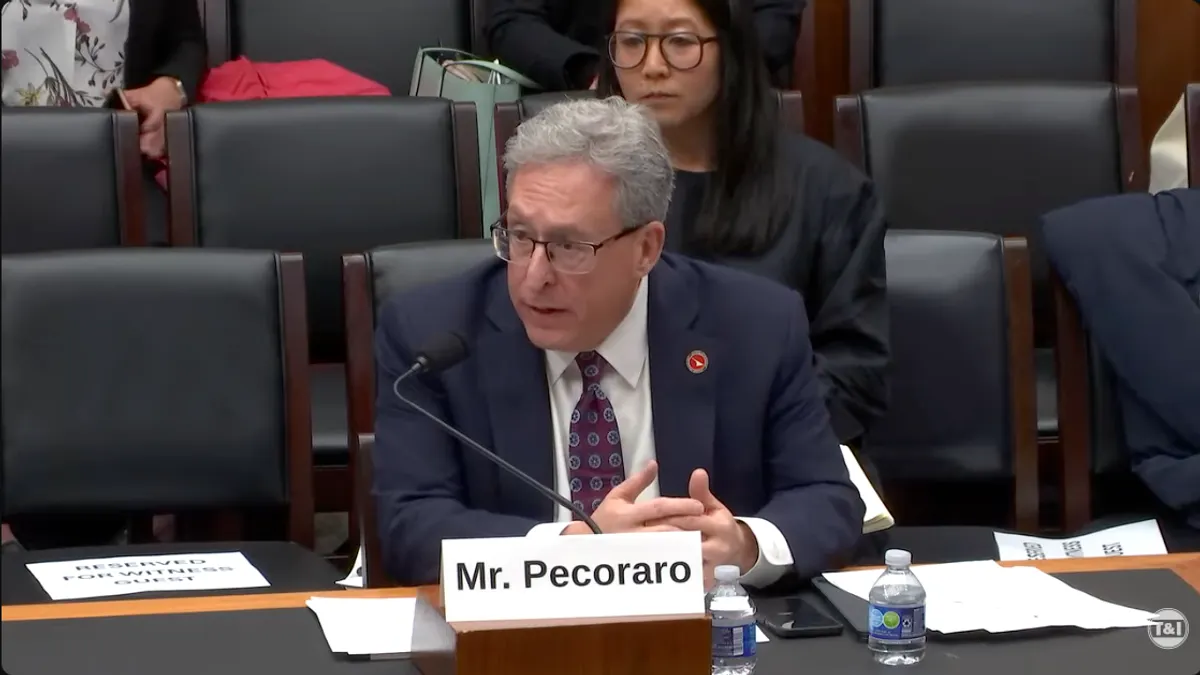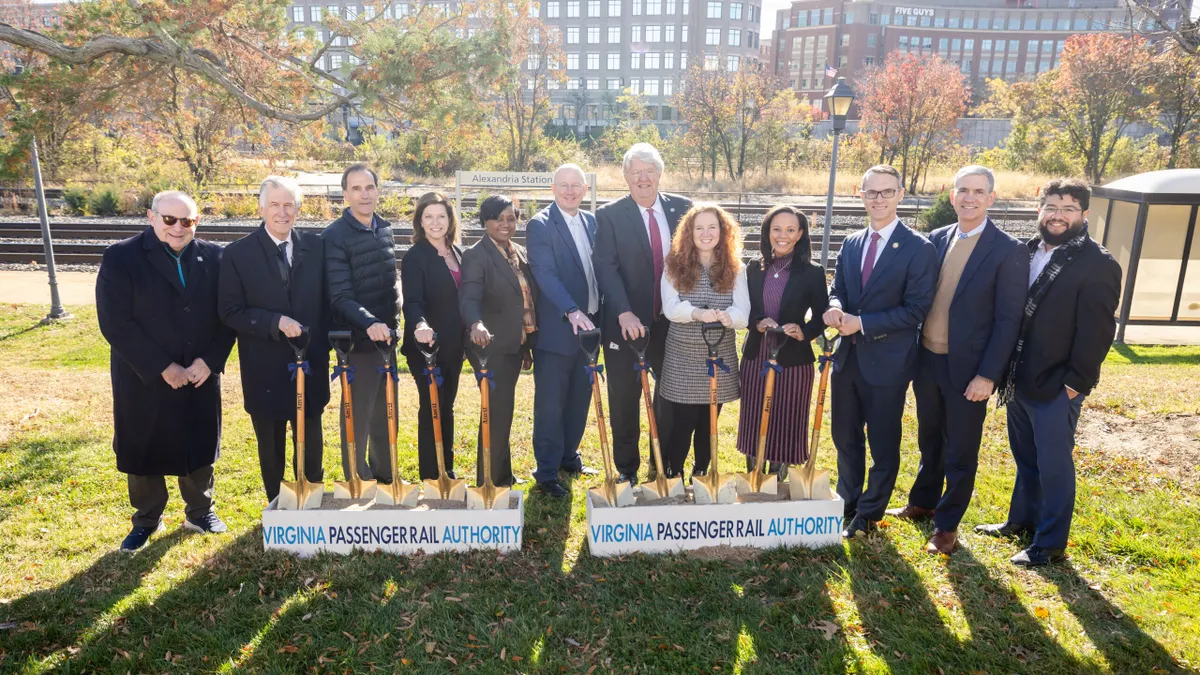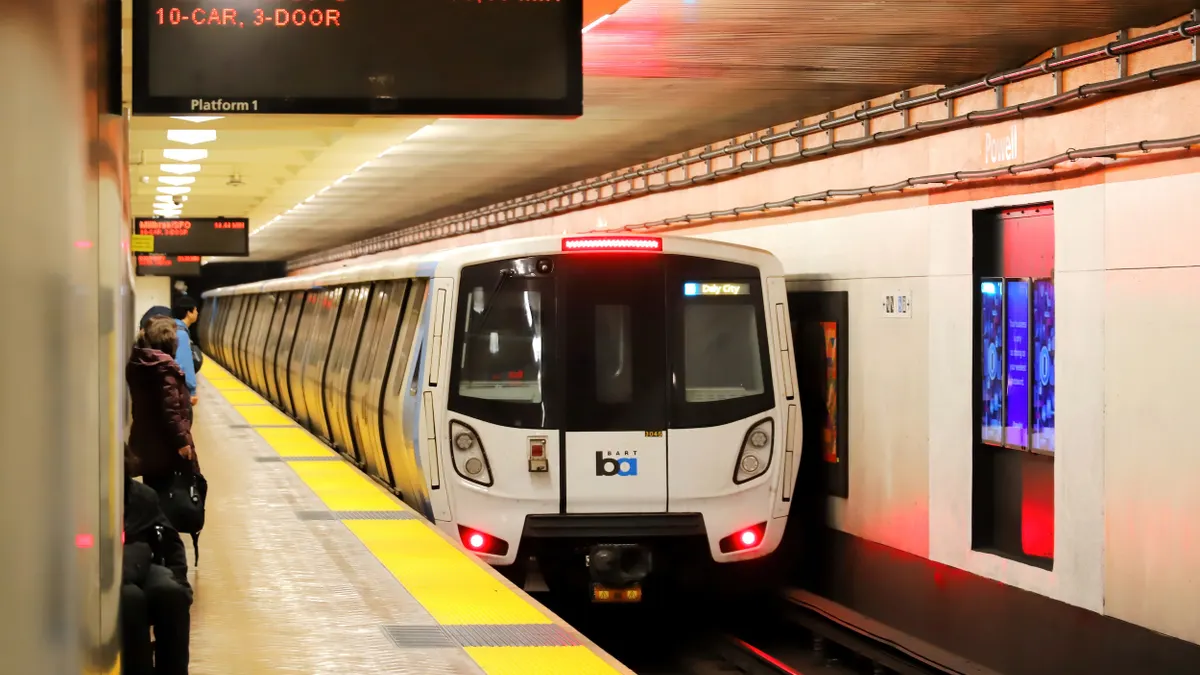Editor's note: This article was originally published in American City & County, which has merged with Smart Cities Dive to bring you expanded coverage of city innovation and local government. For the latest in smart city news, explore Smart Cities Dive or sign up for our newsletter.
Look for more electric vehicles (EVs) in municipal fleets in the future, predicts Tom McCalmont, CEO of Paired Power, a firm that manufactures microgrid solar-powered EV chargers with an integrated AI-driven energy management system. “Based on our company’s experience and interaction with municipal fleet managers and local governments, there is significant interest not only in fleet conversions, but to grow EV charging infrastructure beyond the limitations imposed by the grid.” One example: Paired Power and Davis, Calif., recently announced the launch of the firm’s off-grid units in Davis. McCalmont says his firm has more announcements and installations in city fleets pending.
McCalmont tells Co-op Solutions that local government fleet managers face hurdles as they add EVs to their fleets. “The decision of when to shift from internal combustion engines (ICE) to EVs is often driven (or limited) by available grid power. Municipalities often face constraints when looking to transition traditional ICE fleets to EVs due to limited grid capacity at the parking lots where their vehicles are stored.”
He explains: “To provide some perspective, one Level 2 charger consumes the same power as five household clothes dryers, and one Level 3 charger consumes the same power as 100 or more clothes dryers. And because most often the places where local governments keep their fleets are outfitted with only as much grid capacity as an average household, it can be logistically and economically prohibitive in the short term to transition ICE fleets to EVs if grid upgrades are needed.”
McCalmont outlines his firm’s fix to the problem: “Combining localized energy generation via solar and onsite energy storage can enable fleet managers to install charging stations within the existing grid capacity, eliminating the need for grid upgrades. This solution effectively avoiding the grid bottleneck that often prohibits ICE fleet conversion.”
Local government administrators need to think through having the right EV charging infrastructure for their fleets, McCalmont believes. “Successful operation of an EV fleet depends on a thoughtful and analytical approach for planning and deploying EV charging infrastructure. As it stands, existing grid connections and capacity limitations at sites represent a bottleneck on the expansion of EV infrastructure.”
McCalmont says the right blend of resources is crucial. “A combination of solar power, microgrid technology and software can help fleet managers optimize charging to avoid and reduce demand charges, generate and store additional power, and spread charging evenly across vehicles based on specific needs and requirements.”
No question, fleet managers need to consider expanding electric service capacity as they add EVs to their fleet, McCalmont says. “Cities and counties cannot take for granted the fact that plugging EVs into the grid will be a feasible solution without a lengthy process of expanding electric service capacity. Solar and battery storage can greatly extend the capacity of available grid power, alleviating the need for dramatic grid expansions ahead of installations.”
Fleet managers also need to be intentional, McCalmont says: “Having a complete and detailed plan related to how fleets will be charged needs to be the primary concern for any fleet operator or manager.” He adds that power supplies are also crucial: “Cities should be sure to consider all potential energy sources that may be available at each location, to not rely on grid power alone when adding EVs to their fleets.”
The EV lineup in the public sector is expanding, according to McCalmont. “Local governments are considering fleet conversions for all types of vehicles, but the earliest candidates are often light-duty vehicles such as inspection vehicles and cars or pickup trucks used by city staff. There is also interest in converting police cruisers, but cities are rightly concerned that the charging solution for these be resilient, meaning that it’s available during an emergency even if the grid were to go down (which is why microgrids are such a good solution for that use case).”
He adds that cities are also interested in converting their heavier-duty vehicles such as garbage trucks and buses. The holdup is that these units “require even more energy to operate routinely, so for many cities, these are prioritized second after converting their light-duty vehicles.”
As cities-counties shift to hybrids and EVs and away from ICE vehicles, McCalmont says local government fleet managers need to expand their skillsets. “Operating an EV fleet comes with a whole new suite of issue areas and skills that fleet managers have to master. Fleet managers need to gain expertise in specific technologies of hybrid and electric vehicles, including battery systems, charging infrastructure (levels, installation and maintenance), and the software and diagnostic tools used in these vehicles. In addition, fleet managers should be prepared to shift their fueling paradigm.”
On that last point, McCalmont explains that in 2025, most fleet managers are accustomed to the ICE fueling model, where the ICE vehicles are quickly fueled from a gas pump. “Although that works well for ICE vehicles, using that same fueling model for EVs can cause cities to overspend. Fleet operators often conclude that they need Level 3 fast chargers, but those are extremely expensive and require a massive grid connection.”
Here’s how EVs can be economically and efficiently fueled, according to McCalmont: “Since the fleet vehicles are usually parked for long periods of time (for example, overnight), all the vehicles on the lot can be successfully refueled through Level 2 chargers and managed charging software that allocates the available power to all the vehicles for a gradual overnight charge. This will be much less expensive for the fleet operator than installing expensive L3 chargers.”
The trend is up for cities-counties adding EVs to their fleets, McCalmont explains. “Section 45W of the Inflation Reduction Act (IRA) made EV fleet conversion easier for local governments, and there were public commitments being made, such as when more than 300 mayors committed to electrifying at least half of their fleets by 2030 and increasing electric vehicle infrastructure by 500 percent by 2035. Despite the uncertainties, we have seen strong interest in and commitments to move toward EV fleets.”
OMNIA Partners, who sponsors this page, offers a robust portfolio of cooperative contracts in the public procurement space. The firm lists a number of cooperative contracts under the phrase “electric vehicles.”

















